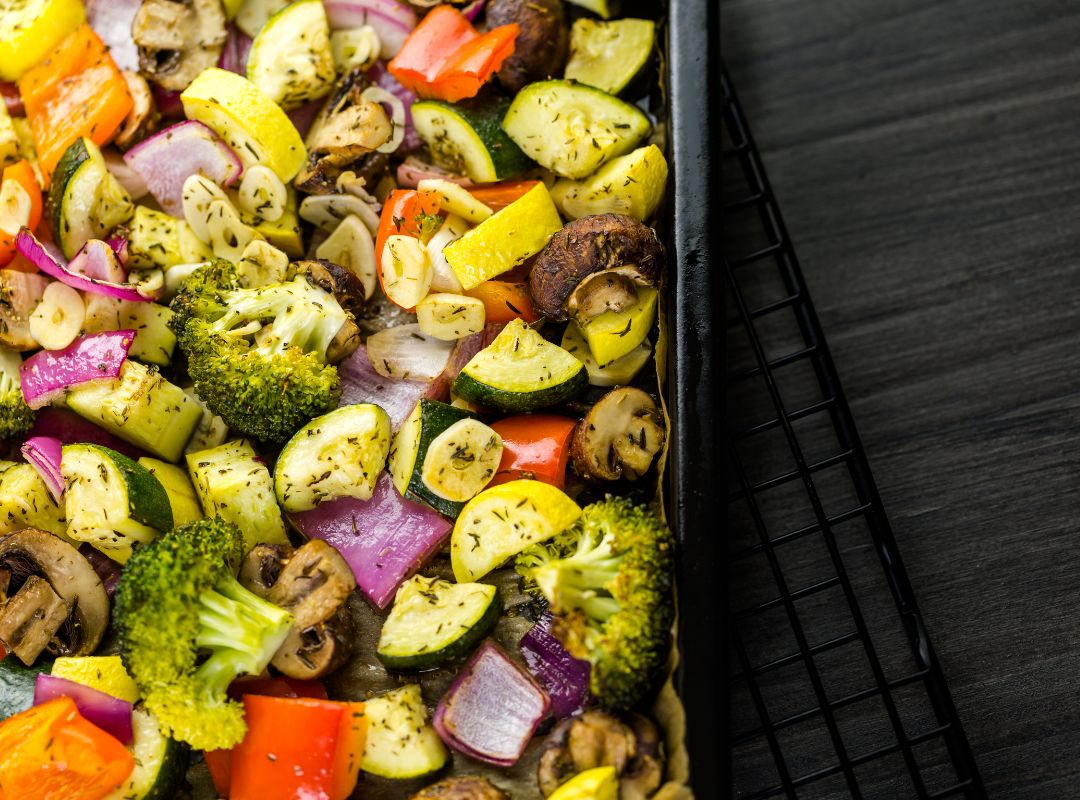Some people love them. Some hate them. But you can't deny how much of an impact they make on our health. Vegetables, the green powerhouse of our diet, are essential to good health and reducing the risks of health complications.
But how much should we actually be eating, and what if you just don't like them? We've got the answers and solutions that will get you eating your servings of veggies!
How Many Vegetables Should You Eat?
Dietary guidelines vary slightly, but a common recommendation is to fill half of your plate with fruits and vegetables at each meal. Specifically, for vegetables, the U.S. Department of Agriculture (USDA) suggests aiming for at least 2 to 3 cups per day for adults.
More is generally better when it comes to vegetables, and there are so many types to choose from. Leafy greens, bell peppers, carrots, the options are endless so you're bound to find some you love. Vegetables are low in calories but high in essential nutrients, fiber, and antioxidants. A diet rich in vegetables can reduce the risk of heart disease, certain cancers, and type 2 diabetes, while also helping manage weight.
Making Vegetables More Appealing
The challenge for many is not just knowing how much to eat, but how to make vegetables a tasty part of meals. Here are some tips to cook veggies in ways that will have you and your kids reaching for seconds:
- Roasting: This method brings out the natural sweetness in vegetables. Toss your veggies with a little olive oil, salt, and any spices you like, then roast them in the oven until they're tender and slightly caramelized.
- Stir-frying: Quick and easy, stir-frying maintains the crunch and nutrients of vegetables. Use a variety of colors and textures, and a flavorful sauce to transform your veggies into a delightful meal.
- Blending in Smoothies: If you struggle with eating your greens, try blending spinach or kale into fruit smoothies. You'll barely taste the veggies, but you'll still get all their nutrients.
- Seasoning Creatively: Don't shy away from herbs and spices. Season your vegetables with things like garlic, paprika, cumin, or Italian herbs for an extra flavor boost.
- Incorporating into Soups and Stews: Vegetables can be easily added to soups and stews. They soak up the flavors of the broth and other ingredients, making them more flavorful and enjoyable.
Eating enough vegetables is crucial for good health, but it doesn't have to be a chore. With the right cooking methods and a bit of creativity, you can turn them into the highlight of your meals. Remember, variety is key – both for your palate and for getting a range of nutrients. To get vegetables that you'll enjoy and already prepared deliciously, try our meals! We sauté, steam, and prep our vegetables in the best way to ensure they're tasty and healthy!
Let us know what your favorite vegetable is and how you prepare it in the comments!


